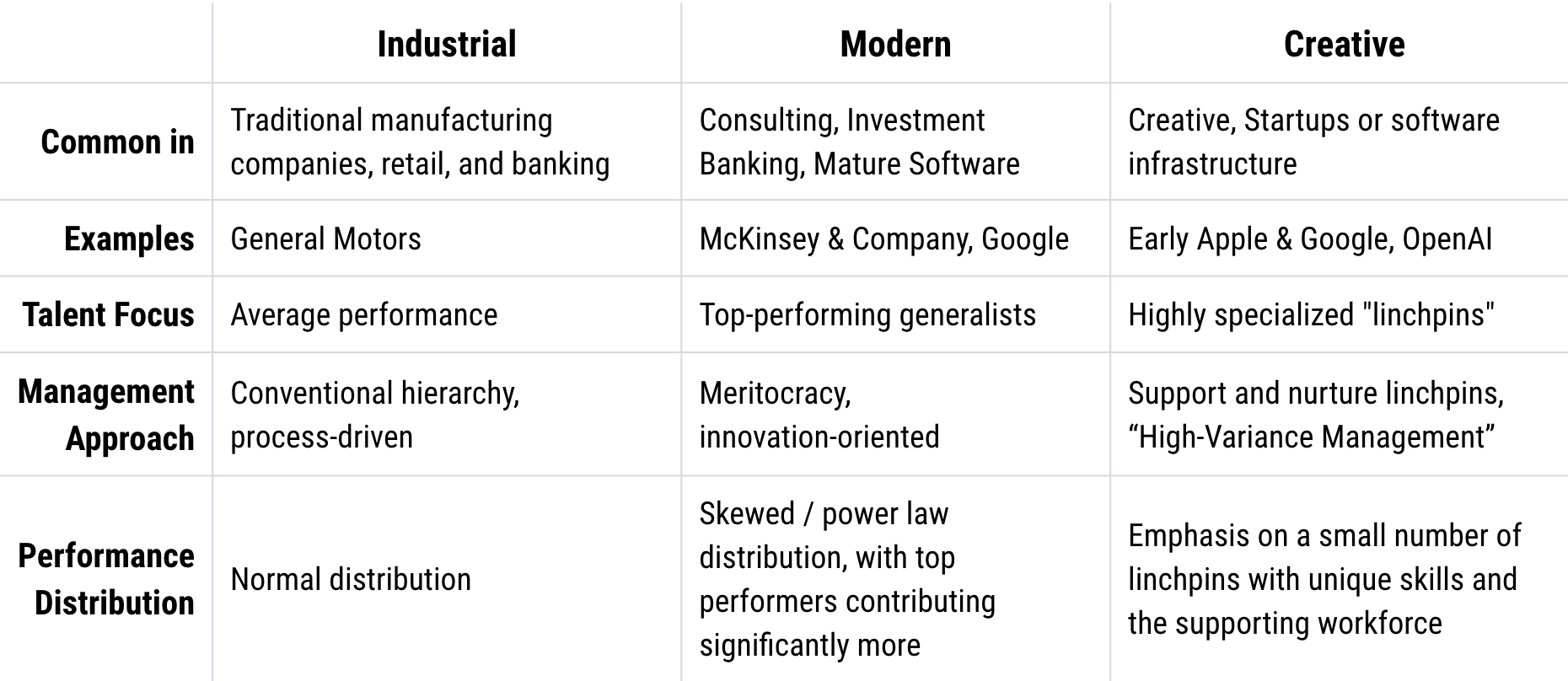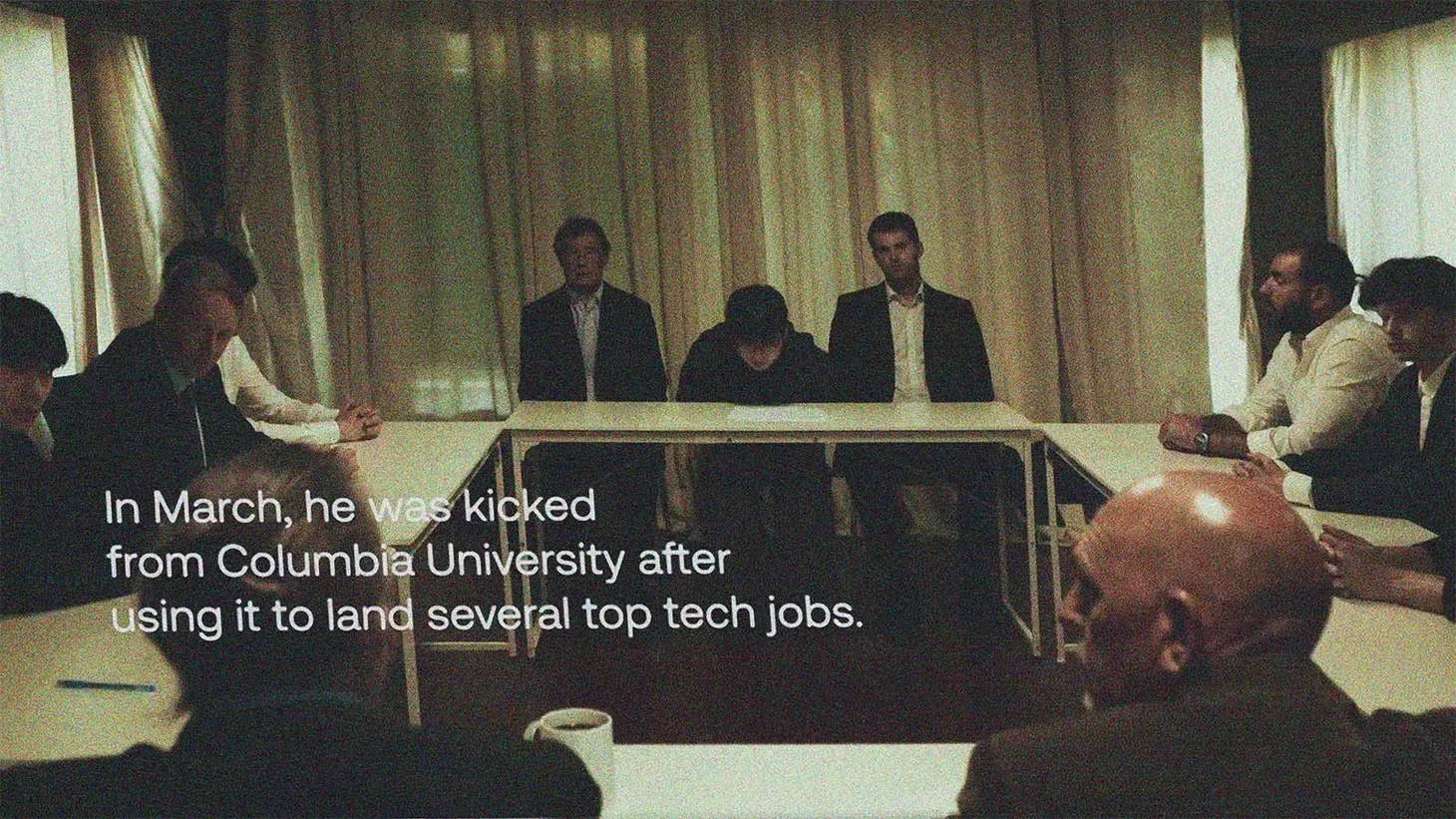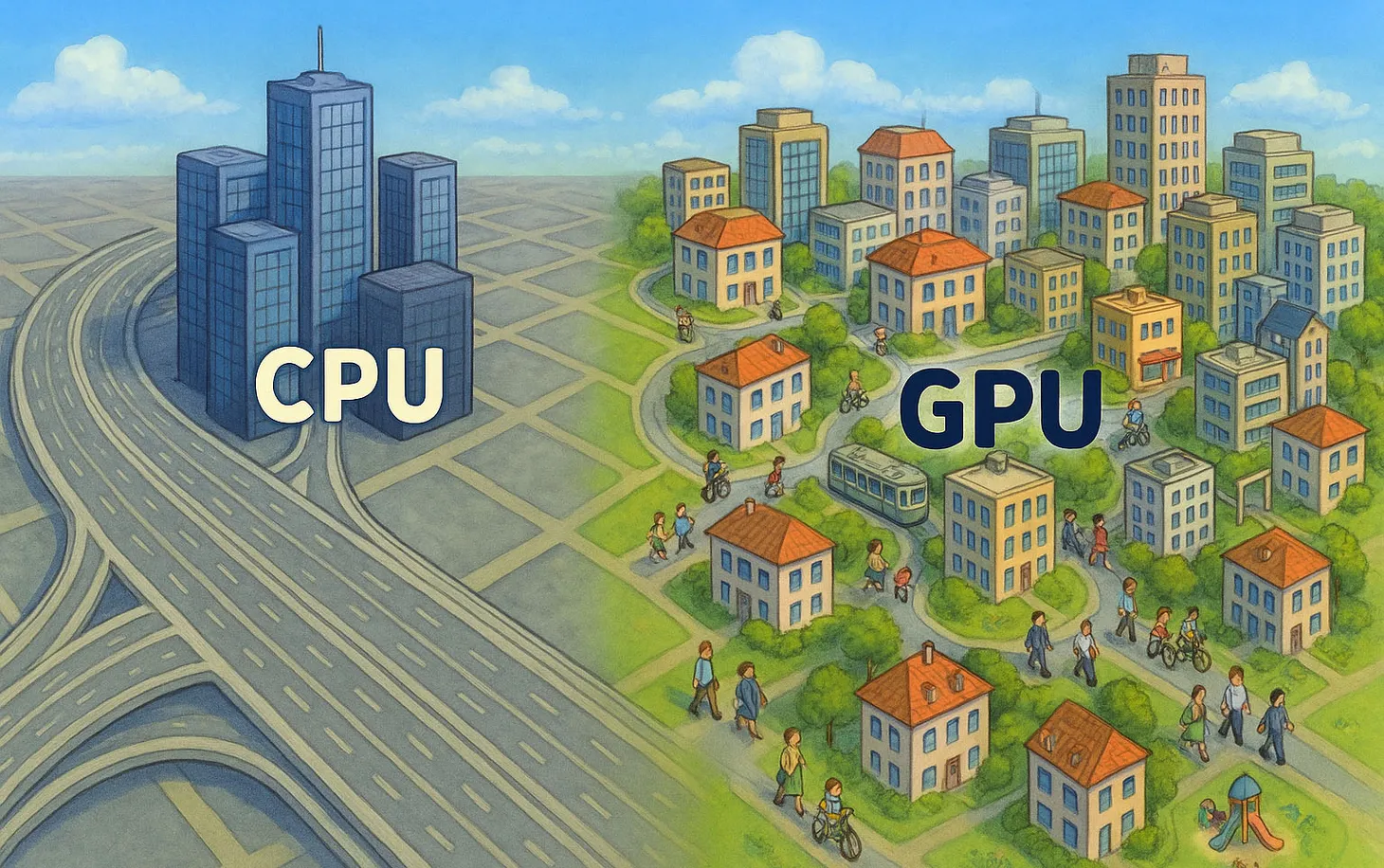Talent, Scarcity, and Culture
How does talent distribution impact corporate culture and the future of work?


🎧The audio version of this article is available on Spotify, Apple Podcasts, and beyond.
Why are some companies back at the office while others aren't? Why are some people allowed to speak directly to the boss while others aren't? Why do some companies prioritize "process" while others encourage people to "break things"?
It all boils down to the type of talent each company depends on, at least according to a new theory.
The Three Types of Talent Scarcity
Nadia Asparouhova is one of my favorite writers. She explores how creative people work together in theory and practice. She has worked at GitHub and Substack and wrote an excellent book about the open-source software community.
Nadia is researching "what the new tech elite will look like." Last week, she published a fascinating article that explains how corporate structure and culture vary based on the specific type of talent each company depends on.
Beyond the leading theory, her article includes multiple insights that shed light on the present and future of work. Let's dig in.
The gist of the theory is that "Corporate culture norms can be explained by the types of talent that a company is trying to acquire or cultivate." Companies tend to fit into one of three types based on the distribution of talent within them. Nadia uses different terms to describe these company types, but I call them Industrial, Modern, and Creative.
I use "talent" to describe "fitness to a specific job" rather than innate ability. This is not a "woke" disclaimer, but an important distinction: As you'll see, an employee's value to a company depends on their specific fit for the task rather than their level of education or general intelligence per se.
Industrial Companies
Companies of this type have a balanced distribution of talent. Their production relies on many people who are required to perform relatively similar tasks and are ~equally fit to perform them. Such companies tend to have a rigid hierarchy and clearly-defined work processes that are enforced strictly. In such companies, employees may seem like cogs that work together in a coordinated manner to create value. As Nadia puts it:
The competitive advantage of these companies lies not in a select number of top performers, but in the strength of its processes, built on specialized knowledge that is refined through years of practice. Workers’ roles are clearly defined and rarely change. They need to be competent and reliable, but individualism is gently discouraged, as it threatens the resilience of the process. Employees take pride in maintaining performance and being part of something bigger than themselves, rather than in standing apart from their peers.
Think of a 1950s car company but also a 2020s retail bank or insurance firm. Note that companies of this kind may still rely on high-level talent, but the overall distribution of that talent within them is pretty normal and bell-shaped.
Industrial companies see talent as interchangeable. Enough people in the market can fill roles within such companies. Still, they may experience a scarcity of talent, usually because they are unwilling to pay enough to attract a sufficient number of candidates.
Modern Companies
Companies of this type tend to have a Pareto or power-law distribution of talent. This means that their workforce composition is skewed toward people of high ability, and the company seeks to hire as many of them as possible. Work in these companies still relied on some structure and process, but employees are empowered to make more of their own decisions and figure out their own way to perform the tasks at hand. As Nadia puts it:
Companies with a Pareto talent distribution are influenced by modern management theories that emerged in the 1940s and 1950s. Peter Drucker, for example, envisioned decentralized, participatory management among employees, as well as the rise of “knowledge workers” who would play a more active role in guiding organizational strategy.
Modern companies hire "A-players," which Nadia defines as “high-IQ generalists who can excel at many different types of tasks and are capable of handling complexity at work." The general nature of their skillset is significant, as they are expected to deal with various scenarios within various industries. In addition, the focus on IQ means that job candidates for Modern companies can be vetted and compared relatively easily. Think of consulting firms, investment banks, and mature tech companies.
People commonly think that there is a shortage of talent for these types of companies:
In terms of talent scarcity, A-players represent a comparatively small percentage of the population. But, with the benefit of twenty years’ hindsight, McKinsey probably overstated the idea that there would be a “war” for A-player talent. Senior A-players are widely known and competed for, so employers pay well to keep them from being poached. But among junior A-players, even though the pool is somewhat fixed, it’s still a big pool, relative to the number of jobs that require A-players. And they are relatively easy to identify and cultivate.
That said, scarcity of "A-players" does exist within organizations, as they "tend to gravitate towards (or are recruited into) high-visibility management roles." As a result, other parts of the organization that could benefit from their skills remain under-served.
Creative Companies
Companies of the third type have what Nadia calls a "bimodal distribution" of talent. In addition to "A-players" that have a general aptitude that applies to a variety of tasks, these companies also depend on "linchpins" — people who are "uniquely gifted at a task that few others can do."
In Creative companies, linchpins "make up a fraction of headcount, but drive most of the company’s success." Companies of this kind are relatively rare and can be observed in creative industries and among companies "tackling difficult technical problems." Think of Pharrell Williams at Louis Vuitton, Jony Ive at Apple, or the small crew of researchers that built ChatGPT at OpenAI.
Linchpins are hard to define and hard to measure. It's impossible to put them on a scale or compare them. Crudely, they either have it or they don't. As Nadia puts it:
Linchpins are qualitatively defined, and are thus especially difficult to hire for, or even identify. While A-players willingly cram for their exams at Tier 1 management consulting firms, software engineers frequently criticize code interviews and hiring practices because they think they don’t accurately test for ability.
Because there are so few linchpins, companies that rely on them may seem Industrial (or "Normal") from the outside "because they have tightly-organized production processes." The critical difference is that at Creative companies, "everyone is working in support of a single individual’s vision," while in Industrial companies, the process and hierarchy determine what and how things should be produced.
Implications for Managers and Offices
Linchpins are particularly prevalent in the software industry for reasons we'll explore in a moment. But first, here's a table that summarizes the three types of companies we looked at.

The distinctions are schematic, but they capture something important. The types can also be applied to specific departments within companies. And companies can begin as one type and mature into another.
Twenty years ago, Google was very much a Creative company that "reinvented the wheel." In recent years, its primary focus has been to milk and industrialize the inventions of its founders and early employees. Meanwhile, OpenAI has a small number of employees who are reinventing the wheel as we speak. This does not mean that Google is not trying to innovate, but its main focus and primary "production function" is very much Industrial rather than Creative.
Nadia posits that corporate structure and culture are downstream from talent distribution. The type of talent a company relies on determines how it is managed and the type of stories it tells itself. The difference between OpenAI and Alphabet illustrates this point. These days, Google's structure, recruitment process, and compensation schemes are pretty similar to those of Goldman Sachs or McKinsey. OpenAI, on the other hand, is (still) structured as a non-profit research entity with a world-changing mission and agenda. As Nadia puts it:
OpenAI’s heavy mission focus and its unusual governance and funding structure can be partly explained by its need to attract “linchpin” AI researchers, who are often very principled
In other words, OpenAI is competing for a genuinely scarce resource and must go to extremes to attract people who can "solve" its mission. And sure enough, once the company managed to (partly) achieve its goals and develop a revolutionary and economically-feasible product, it is gradually changing its structure and becoming more of a traditional for-profit enterprise.
A less extreme version of this dynamic is seen in many other companies. Talent scarcity determines how different companies will embrace remote, asynchronous, and flexible work. And at a macro level, the concentration of Creative and Modern companies also affects the office vacancy in whole cities. It is no coincidence that San Francisco and New York, the cities with the highest number of "linchpins" and "A-players," also have the highest rates of remote work. And so, we can say that urban planning, too, is downstream from talent density.
There are many more insights in Nadia's article, and I recommend you read the whole thing (and check out her book.). Before I conclude, I would like to touch on a final insight that affects the built world.
Why Software Attracts Linchpins?
You may have noticed that Creative companies are primarily found in traditionally creative industries (film, art, fashion) or software. Both sectors have something in common: They allow people to operate without constraints. They present an unlimited set of problems that an unlimited combination of solutions can address.
As Nadia puts it:
Linchpins are more frequently observed in software because, unlike physical engineering, software has sprawling complexity. A civil engineer who builds a bridge must conform to industry standards that limit their creativity, and they are beholden to the laws of physics regardless.
But writing software has no such constraints. Solving problems with code has an infinite possibility space; what you can build, and how you build it, is only bound by imagination. New programming languages, tools, and frameworks can be invented entirely and used as needed. Unless the task is well-understood and frequently repeated, one cannot simply teach an engineer what to do in every circumstance, because there are endless “unknown unknowns” that could lead to better solutions.
Similarly, fixing bugs has an equally infinite (and frustrating) possibility space; unlike a civil engineer, who can see and inspect a malfunctioning bridge, code that doesn’t act as expected can be blamed on any number of invisible dependencies. The gap between an average and exceptional software engineer, then, is much bigger than that between an average and exceptional physical engineer, as an exceptional developer can “see” possibilities that an average one cannot, due to some amorphous combination of intelligence, creativity, and intuition.
I can already hear what some of you are thinking: Building things in the real world has its challenges, and the set of challenges and surprises is unlimited there, too. I sympathize with that, although I still think Nadia's broader point stands: In software or art, you can reinvent the rules if you don't like them. In real estate or urban planning — you're constrained by the laws of physics and the laws of the land. Both can and have been reinvented before. But they get reinvented less often.
And so, we can conclude that software and art draw most of the truly remarkable people. But occasionally, once in every few generations, someone who is even more remarkable comes along and reinvents the laws or physics or the structure of our cities and buildings.
Have a wonderful weekend.
Best,

Dror Poleg Newsletter
Join the newsletter to receive the latest updates in your inbox.




